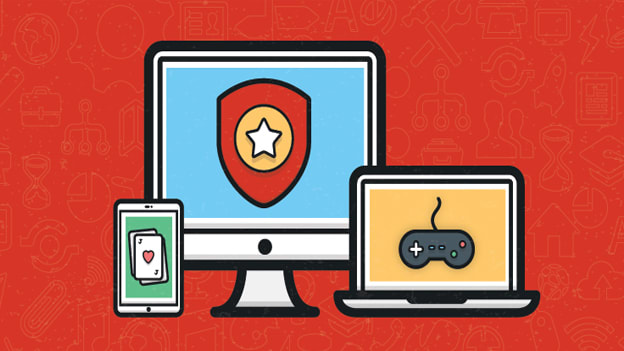Debunking top gamification myths you've probably heard

With artificial intelligence based automation systems taking on routine jobs, there is an unprecedented focus on reskilling employees to tackle future challenges and demands. L&D professionals are also dealing with the challenges of learning in the digital age including issues like waning attention span of employees, the paucity of time, and the need for personalized learning. It is in this context that organizations are adopting gamification to enhance learners’ experience. Despite its numerous advantages, confusion still persists.
Here are the top 5 myths about gamification:
Gamification is costly:
Employers are often skeptical about using gamified platforms because of a common perception that it involves a lot of costs. But gamification does not have to be prohibitively expensive, linking game elements to social media channels and mobile apps that are already setup can significantly reduce cost spend. Companies need to think of innovative ways of leveraging already available tools and platforms to bring about gamification.
There is also a common notion across industries that gamification is meant for only big companies. If you are a small company with a limited budget, you can also leverage your in-house technology teams to design games to accelerate competition, zeal, motivation, and appreciation.
Gamification involves complex system and technology:
Technology has completely changed the way of our working. Today, there are various gamification platforms coupled with nascent technologies like AI, machine learning, etc. to track learners’ behavior, learning activity, recording achievements and providing a real time feedback. However, gamification doesn’t necessarily need to involve high-end technology or complex technical systems. You can leverage tools as simple as your email to run a limited-time challenge to achieve learning goals or any other personal goals. A gamified module also does not have to, it can be managed offline.
Gamification is for millennials:
One of the biggest stereotypes is that it is more suited for a digital native or millennial. While millennials certainly grew up with more video-games, the aspiration to learn and be recognized is a trait that’s found across generations. Gamification recognizes employees with different types of rewards, badges, and incentives that accelerate the motivation in employees to achieve the desired objectives. With the right messaging, gamification can be adapted by multiple generations at work.
Gamification cannot be used for serious learning:
Gamification essentially is the application of game-elements and game principles in a non-game context. However, a game and gamification are entirely different things. According to one definition, “Games are digital interactions that are fun and rewarding”. However, gamification is the addition of learning outcomes over the layer of fun and reward. Companies are leveraging gamification not only for simple programs but also to train their leaders on competencies like negotiation, time management, change management, communication skills, etc.
Gamification can be used only for learning:
Many organizations have accepted gamification as one of the ways to deliver their training. However, the advantages of gamification are not limited to learning alone. Gamification as a tool can be equally instrumental in hiring, onboarding, employee engagement and other areas of the employee lifecycle.
According to a Pluralsight study, 90% of IT organizations are implementing gamification as organizations find it to be more enjoyable leading to a better productivity of the workforce. With the ongoing disruption in the market, there is a need to accept and embrace change around us. And L&D professionals need to think about the long term impact on business and the number of mediums and tools that they need to access.







